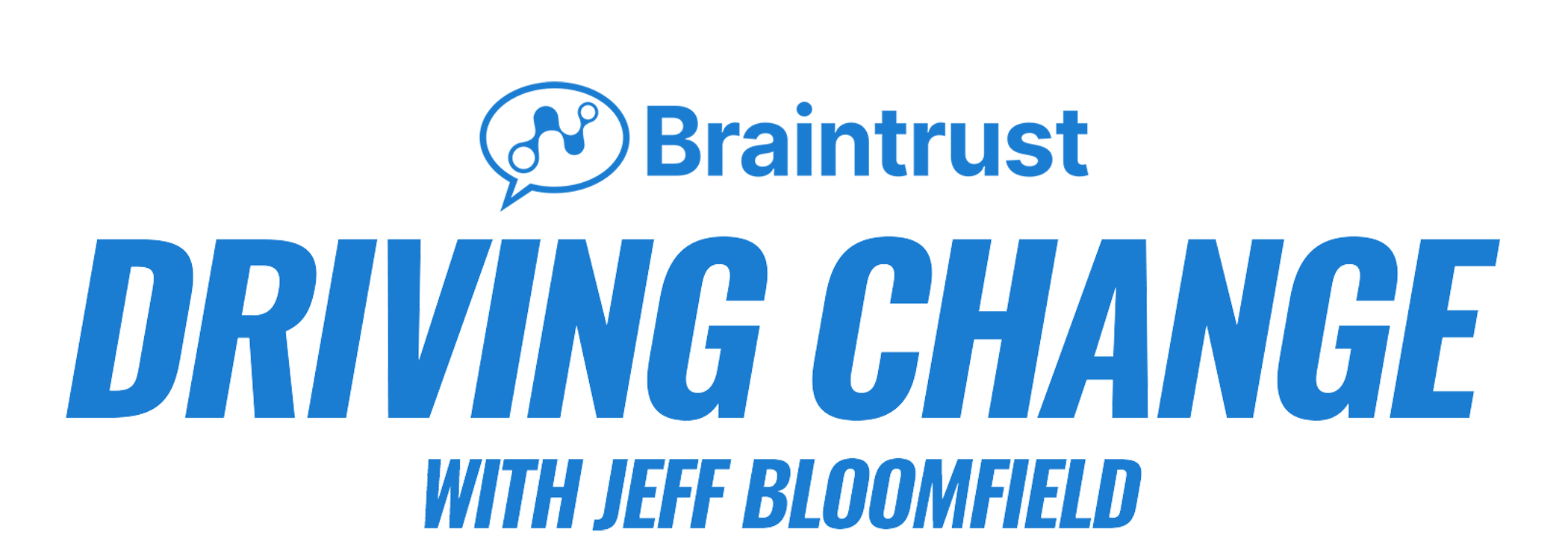Over the past four years, I have been studying, researching, and learning about the complex topic of employee engagement within US corporations. As a coach, let me ask you 2 quick questions:
- Does a lack of employee engagement keep you up at night?
- Are you actively involved in impacting employee engagement?
Our blog is all about “Mastering the Customer & Coaching Conversation.” Have you ever noticed that the title isn’t “Mastering the Boss Conversation?” Gallup just published new data on employee engagement, and the research points to a precise insight into the world of employee engagement. High-development Cultures (HDC’s) train their managers on new ways of managing – moving from a culture of “boss” to “coach.” Does the following formula resonate with you?
HDCs: Engagement + Productivity + Performance + Profitability = Sustainability
Gallup has been tracking engagement levels since 2000, and they published an article on February 4, 2020, titled – “4 Factors Driving Record-High Employee Engagement in the U.S.” by Jim Harter.
Historically, employee engagement rates have been hovering at around 30%. Yes, that is correct. According to Gallup, 70% of U.S. employees are “not engaged” in the workplace, and of that, 18% are “actively disengaged.” Gallup defines being “not engaged” as those in your organization that are psychologically unattached to their work and company, and those who put time, but not energy (or passion) into their work. They go on to say that unengaged employees will usually show up to work and contribute the minimum required, and they’re on the lookout for better employment. Now, think about your team. Is it possible that 7 out of 10 of your team members fit this category?
Let’s look at another definition of engagement that might help to further broaden our understanding about engagement – a work-related state of mind that is characterized by Vigor, Dedication, and Absorption (Schaufeli, Bakker et al. 2006)
- Vigor – high levels of energy and mental resilience
- Dedication – sense of significance, enthusiasm, inspiration, pride, and challenge
- Absorption – fully concentrated and deeply engrossed in one’s work
As I clicked on the Gallup article, I wanted to quickly look at the tables and see the change. What represents the “record-high” levels that Gallup referenced in the title. I thought to myself, was the old mark obliterated? Can we now show that this great “bull run” we’ve had in the economy is yielding crazy high levels of engagement?
As I read on, I was disappointed. The article reports that we have seen improvements, but the % of “not engaged” has moved from 70% to 65%, and the “actively not engaged” has declined from 18% to 13%. Yes, this is good news, but WOW do we “coaches” have a long way to go. As coaches, if we care about this topic, we need to dig into how we can add rocket fuel to these modest changes.
Coaches Corner:
I want to draw your attention to the four factors presented by Gallup that are driving the change. Gallup reports that changes in employee engagement are linked directly to organizations committed to High-Development Cultures (HDC’s).
- HDC’s are CEO and board initiated.
- HDC’s educate managers on new ways of managing – moving from a culture of “boss” to “coach”
- HDC’s practice company-wide communication.
- HDC’s hold managers accountable.
As coaches, we can actively influence #2. What would change in our conversations if we incorporated the following mindset – “a facilitative or helping relationship with the purpose of achieving some type of change, learning, or a new level of individual or organizational performance?” (Boyatzis, Smith et al. 2019) We must have a mind-shift on what it takes to activate performance within our players.
Finally, with baseball spring training upon us, we will be reminded that a .300 batting average over a season has the chance to get a player to the all-star game and if this average is held over their career, a possible seat in the Baseball Hall of Fame. However, business isn’t baseball, and this isn’t and shouldn’t be enough. We need to set our standards higher and remind ourselves that real transformation and sustainability comes from getting the best out of our players each and every day. Focus on a learning agenda that facilitates change in the individual and performance will follow.
Boyatzis, R. E., et al. (2019). Helping people change: Coaching with compassion for lifelong learning and growth. Boston, MA, Harvard Business Review Press.
Schaufeli, W. B., et al. (2006). “The measurement of work engagement with a short questionnaire: A cross-national study.” Educational and Psychological Measurement 66(4): 701-716.

